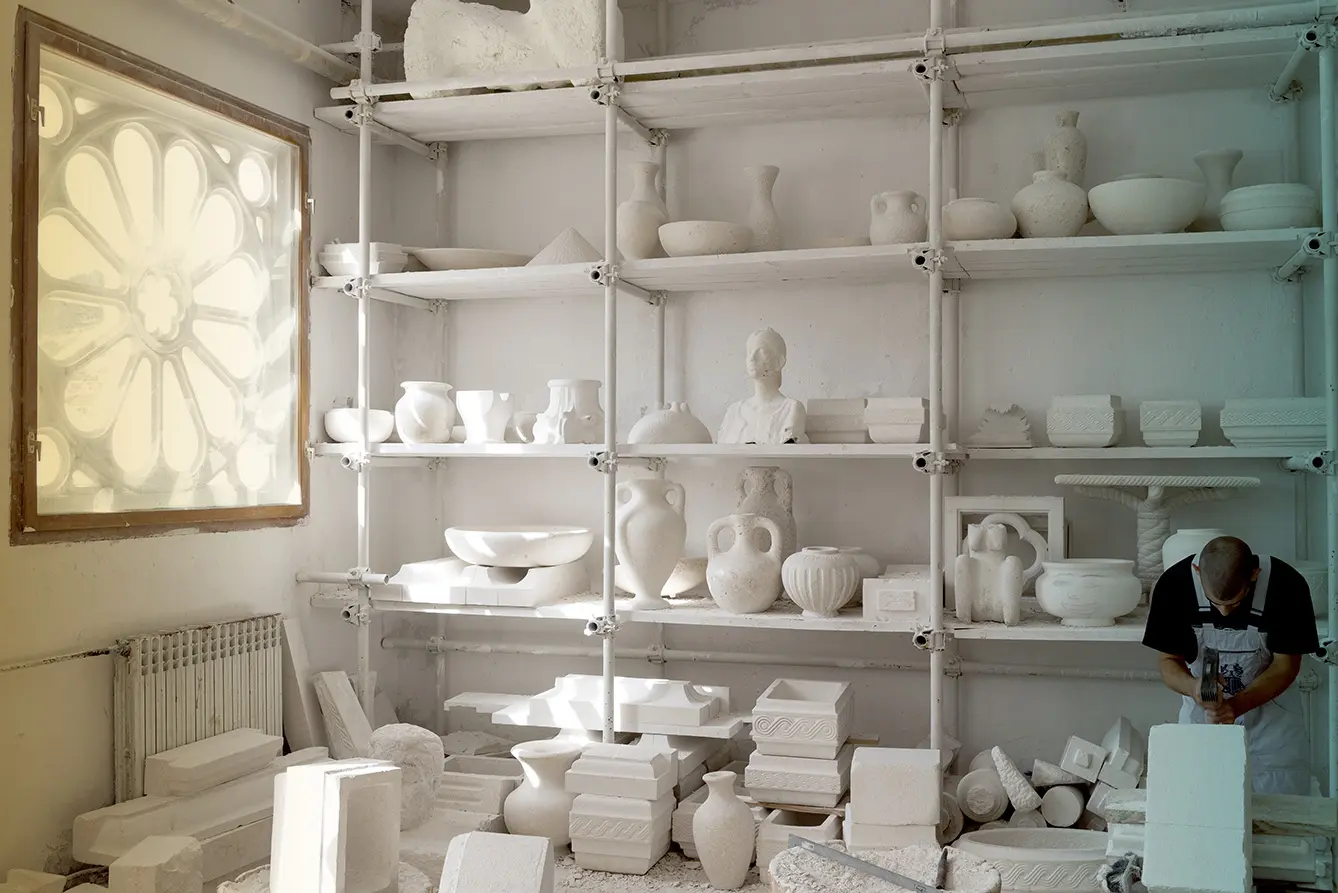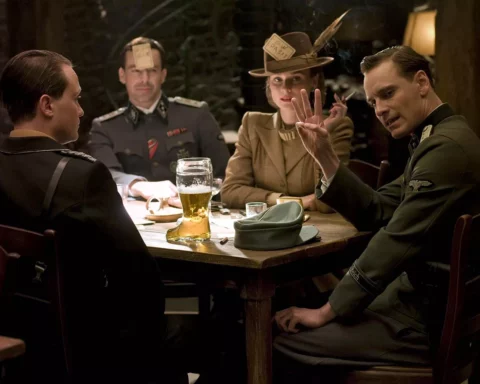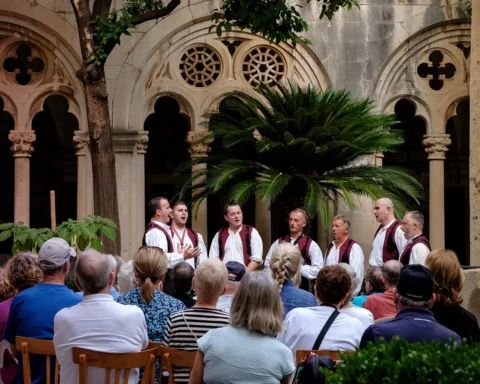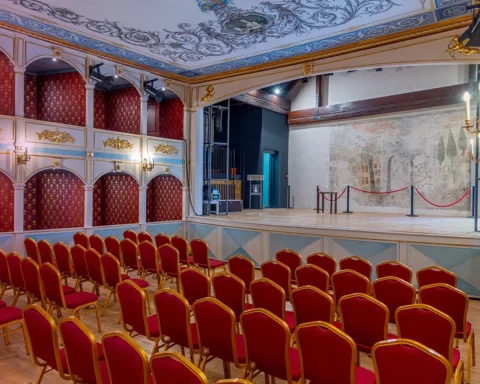The isle of Brač. A popular destination among tourists. A bone of discontent between two goddesses. Didn’t you know?
Legend has it that the island originally belonged to the Greek goddess Artemis. She was the patron of the wilderness, nature, flora, and fauna. During her reign, the island is said to have been covered with forests and inhabited by many living creatures. It was so breathtakingly beautiful that Aphrodite decided she wanted it to herself. She managed to convince Zeus to grant her the wish, and the powerful king of deities ordered Artemis to leave Brač.
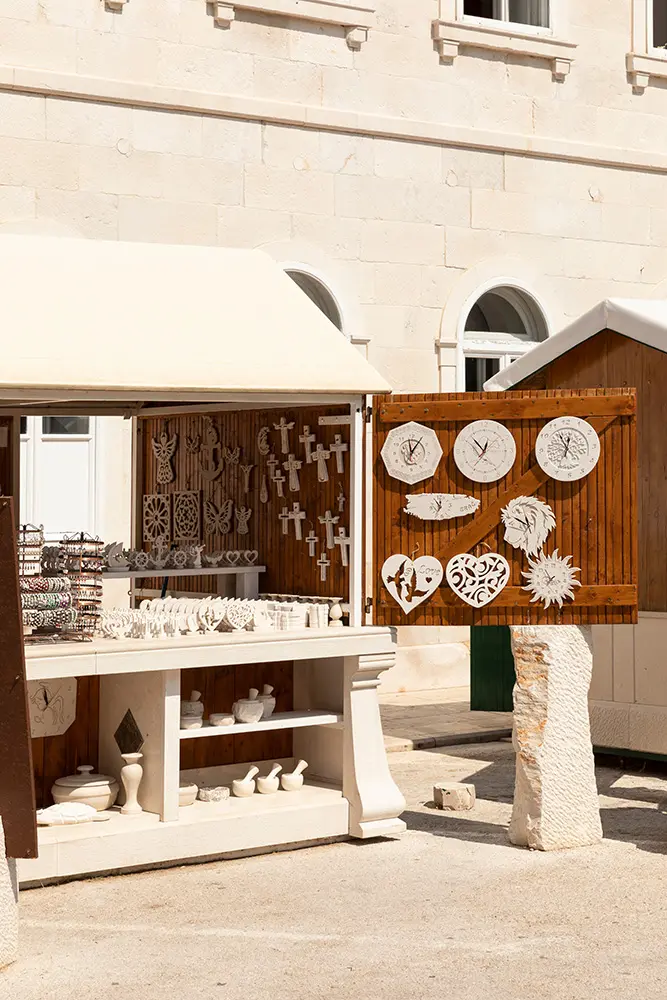
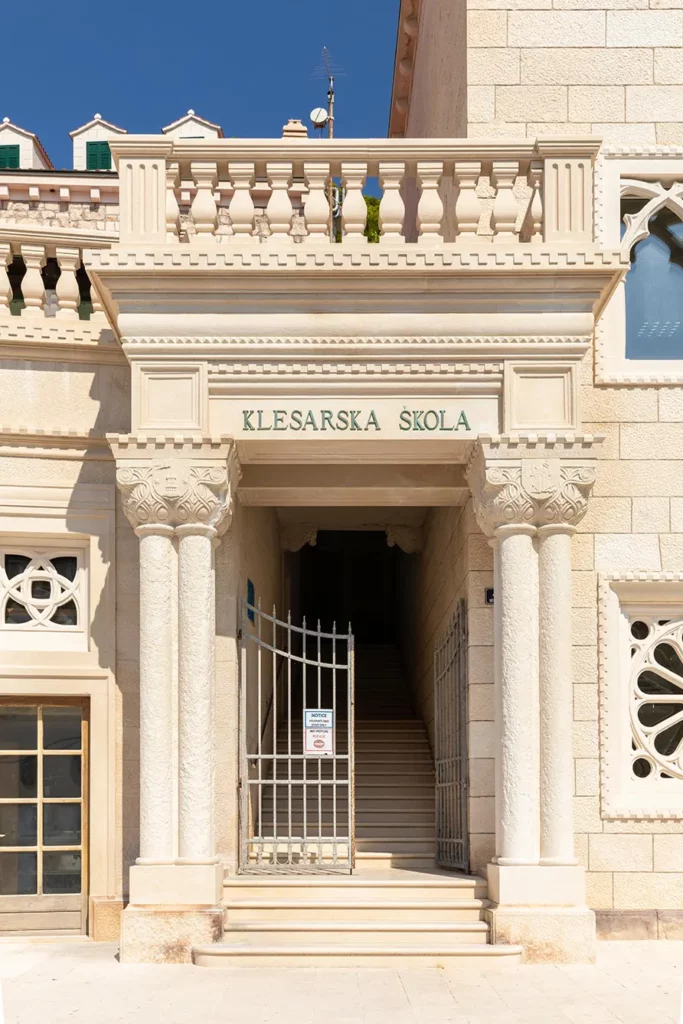
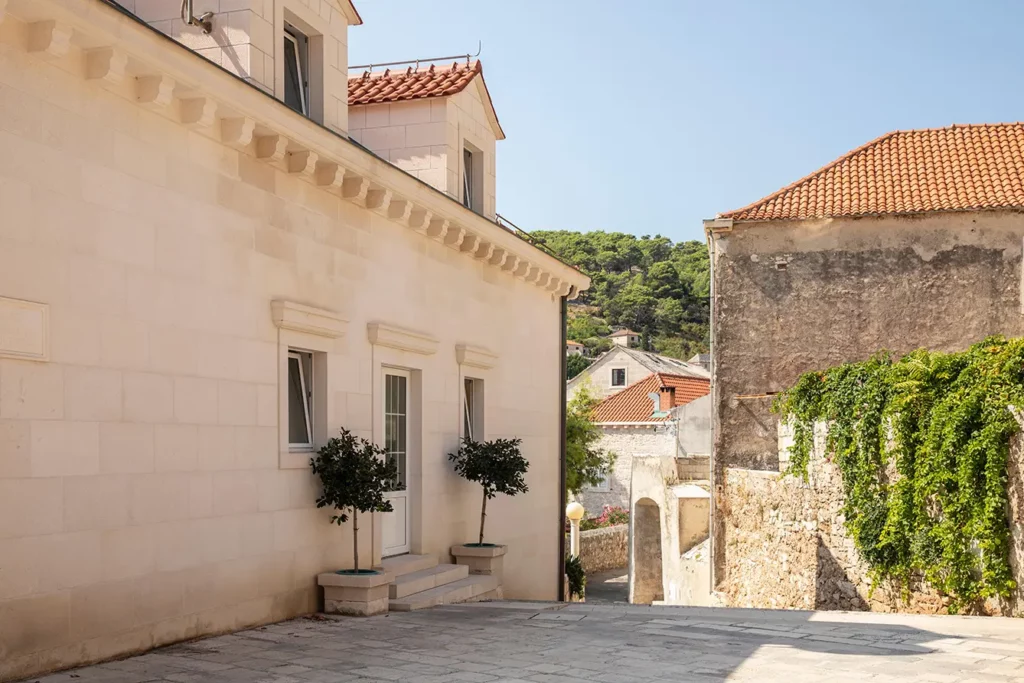
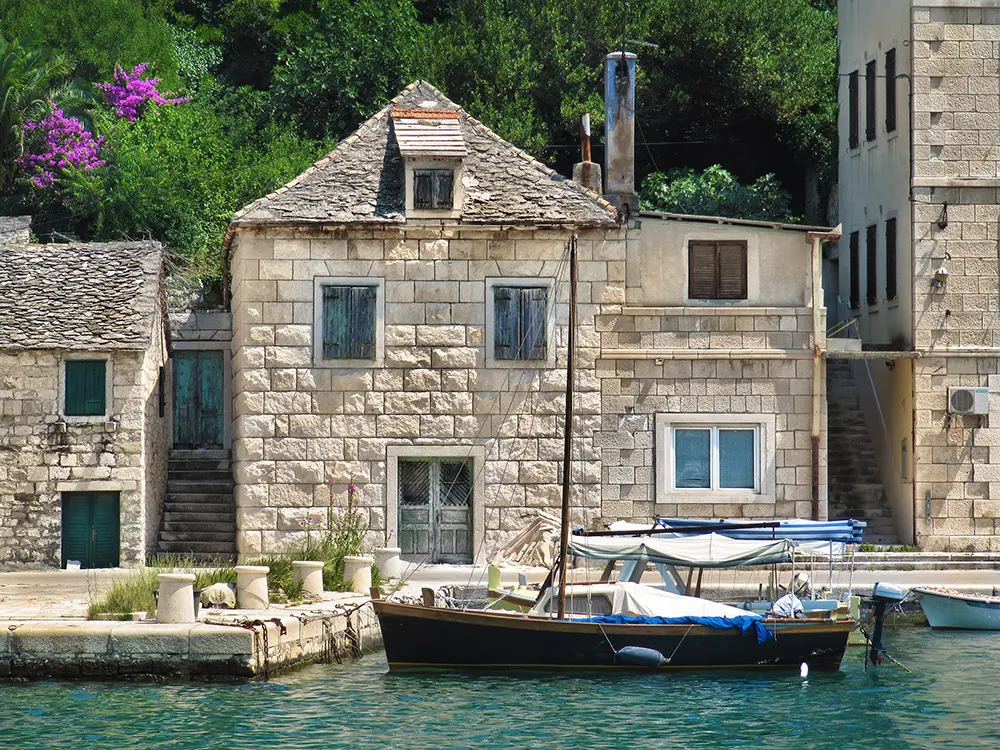
Artemis was furious and did not want to go down quietly. In revenge, she wiped out the forests and took all the animals with her, leaving Aphrodite just bare rocks. However, the goddess of love and beauty did not despair and instead turned the useless rock into precious, white marble that ensured her island would be famous for centuries.
Brač: White gold and export goods
True or not, the fact is that the fame of the marble of the island is what sustained the locals for many centuries. Scattered quarries provided them with work and the means to live. The fascinating thing not many people know about marble is that it is soft and hardens when exposed to air. Although many towns benefit from this natural richness, the crown jewel of them all is the town of Pučišća.
And guess who first started to extract the white, precious stone there? Yes, of course – the Romans. Marble obtained from the Pučišća quarry was used to construct the Diocletian Palace in Split. But not only that. It also adorns cathedrals in Trogir and Šibenik, St. Peter’s Basilica in the Vatican, the opera building and the parliament house in Vienna, the parliament house in Budapest, the White House, and the Royal Palace in Stockholm (Wow, politicians DO like marble!)
Preserving a dying art
But Pučišća became more than just a place providing decorative stone to the world. It is a center dedicated to preserving the dying art of stonecutting. To this end, in 1909, a sculpting academy (Klesarska škola Pučišća) was established. The traditional trade secrets are being passed on to its earnest students.
Here they practice turning slabs of marble into works of art using ancient Roman hand tools. Such skills are very sought-after as a stonemason is a heavily declining profession. Thanks to the Academy, it hopefully won’t disappear from the face of the Earth. It is a unique place, as there are only two other schools of the same profile in the world. When in Pučišća, make sure to find it, as it is also home to the stonemasonry museum.
After the Second World War, the stonecutting business became the island’s strongest branch of the Croatian island’s economy. These days, the export good from the stonecutting trade is what fills the souvenir stands. Finally, an explanation for the multitude of stone objects available to purchase at a reasonable price!
A price tag that reflects what you’re getting
Ay, and there’s the rub! The brutal truth of the market is that the price tag on an object carved with precision by a human hand using traditional methods and over a considerably long period of time would have to be hefty. So, what’s the secret behind the relatively affordable stone art?
The answer is simple – machinery. As explained by the masters of the trade, it would take about five years for a skilled stonemason to carve a modest-size rosette. Thanks to machinery, you could complete the same task in just one year. And only a very skilled expert would be able to tell that the creator had cut a few corners here and there, skipping the chisel.
It is estimated that there is enough stone in the quarries to last until 2200. How the island is to transform beyond that remains a mystery that will be uncovered by future generations. Until that day comes, make sure to visit Pučišća and experience its living stonecutting culture.


